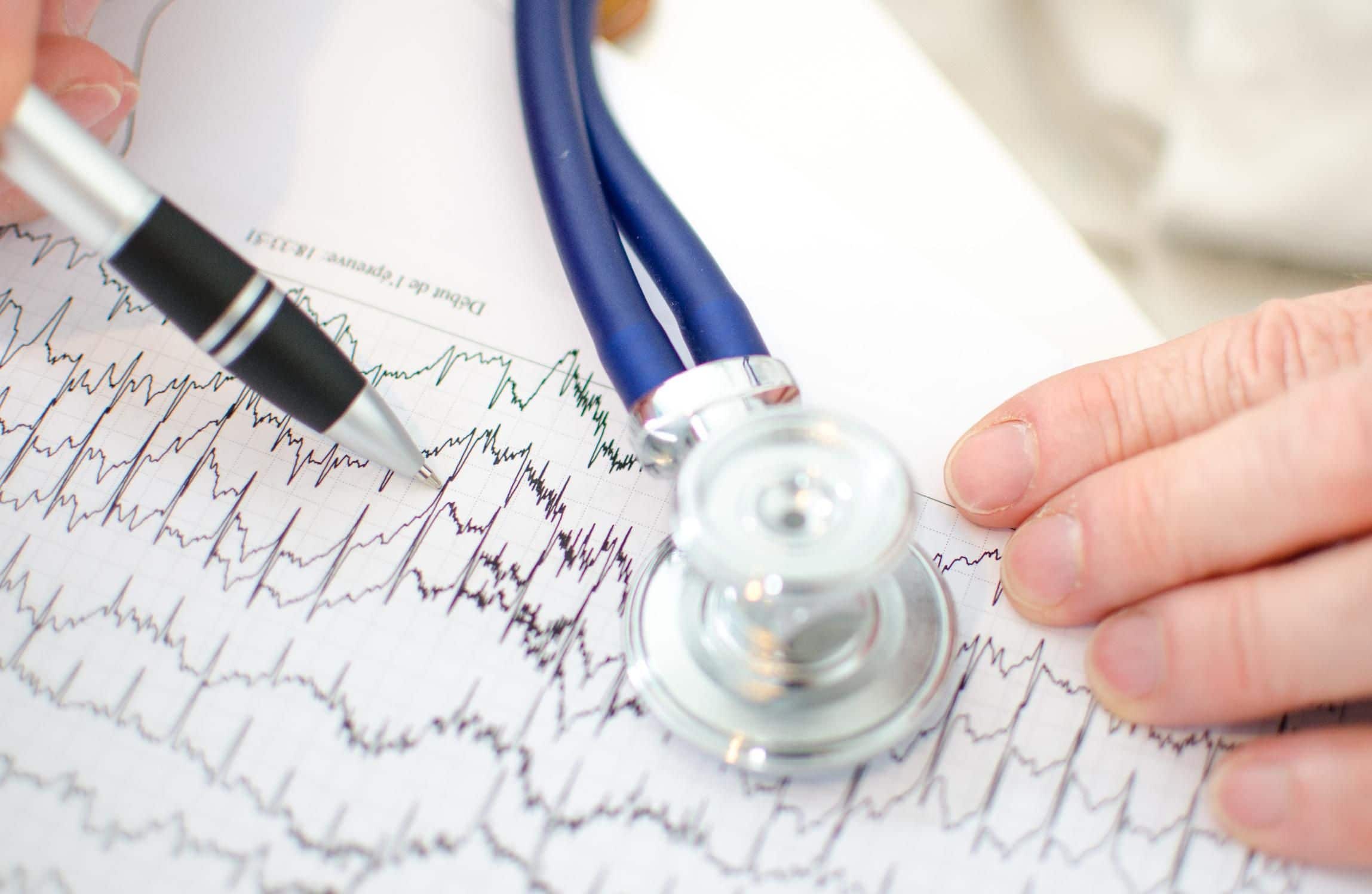Neural networks diagnose heart problems more accurately than doctors

The human factor often causes problems. This applies to production, everyday situations, driving and, of course, medicine. A doctor’s mistake can mean a loss of health or even a patient’s life, and doctors are not so rarely mistaken. Even a higher quality professional can make mistakes - after all, a specialist can be tired, annoyed, concentrating on a problem worse than usual.
In this case, cars can come to the rescue. The same IBM Watson cognitive system, for example, is quite well managed with work in the medical field (oncology, reading X-rays, etc.). But there are other solutions proposed by independent researchers. One of these solutions was created by scientists from Stanford headed by Andrew Angie, who is quite well-known in his field as an artificial intelligence expert.
He and his colleagues developed a system that is able to diagnose cardiac arrhythmia using a cardiogram, and the computer does it better than an expert. This is a neural network, which after training is able to diagnose arrhythmia with a high degree of accuracy. At the same time, the computer works not only more reliably, but also faster than the neural network, so the task of analyzing medical images and ECG results can be transferred to the computer after the system has been finalized. The doctor can only check the operation of the software and hardware platform in question and act in accordance with the final diagnosis.
')
This project shows how much a computer can change medicine by improving various aspects of this area. Neural networks are already helping doctors diagnose skin cancer, breast cancer, and eye diseases. Now it's the turn of cardiology.
“I really like how quickly people accept the idea that deep learning can help improve the accuracy of a doctor’s diagnosis,” says Angie. He also believes that the possibilities of computer systems are not limited to this; they can also be used in many other areas.
The Stanford team spent a lot of time learning the neural network so that the system could identify abnormalities on the ECG data. While arrhythmia is a very dangerous disease, it can lead to sudden death from cardiac arrest. The problem is that it is not so easy to detect arrhythmia, so patients with suspicion of it sometimes have to carry an ECG sensor on themselves for several weeks. And even after this, the data for diagnosing deviations may not be enough.

As mentioned above, the neural network had to be trained, and using the real indicators of hospital patients as an example. The Stanford specialists were unable to collect tens of thousands of ECG measurement results on their own, so they invited a company that produces portable ECG gadgets to iRhythm , a partnership. The company provided 30,000 30-second records of the measurement results of the heart muscle of patients suffering from various forms of arrhythmia. In order to increase the accuracy of the algorithm, as well as compare the results of the computer with the results of the doctors' diagnostics, 300 more records were used. They were simultaneously analyzed by both the car and the doctors. Then the results were evaluated by a special jury, which included 3 extra-class cardiologists.
The deep learning of a neural network began with “feeding” a huge amount of data. Then, fine tuning was used to improve the accuracy of diagnosis.
In addition to the specialists mentioned above, other groups use machine learning to create systems capable of diagnosing arrhythmia. For example, Eric Horowitz, the managing director of Microsoft Research (he himself is a medical man) and colleagues, work in much the same direction as the specialists from Stanford. In their opinion, neural networks are indeed able to improve the quality of patient care, helping doctors spend less time on the routine and more on finding effective methods to treat their patients.
True, the large-scale implementation of neural networks in hospitals around the world is not at issue. This direction is in its infancy, but it is developing faster. Hospitals in the United States, Europe and other countries are adopting new technologies, working with new methods of diagnosing diseases. The main problem in terms of the spread of the technologies mentioned is that neural networks represent a kind of “black box”. Experts enter data and get a certain result. But how this result was obtained, what algorithms and in what sequence are involved may not fully understand the creators of such systems themselves. If neural networks could be made more transparent, and the principle of their work could be easily explained to medical practitioners, then the spread of this technology would be much higher.
Source: https://habr.com/ru/post/370621/
All Articles